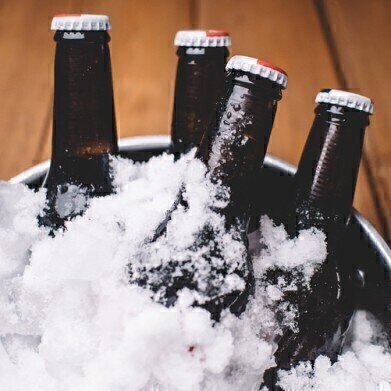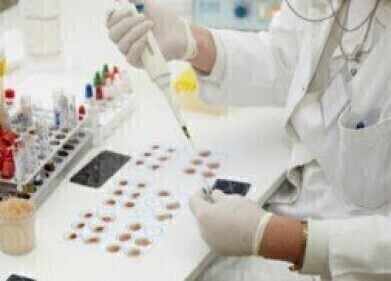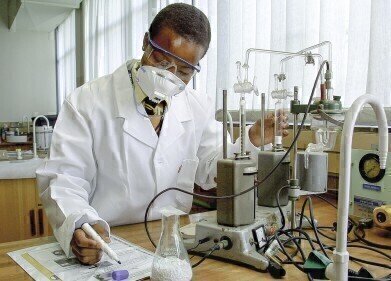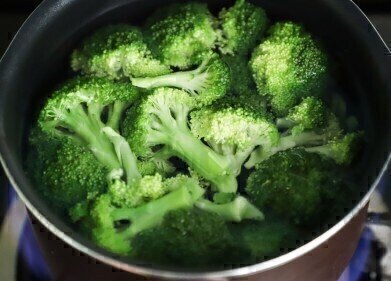Help Desk
What Were They Drinking in WWI? — Chromatography Investigates
Apr 05 2017
We have quite a library of knowledge when it comes to the First World War. The history books are full of facts and figures when it comes to the numbers killed per yard of ground gained. But while the world found itself acting as a giant battlefield — for many people life went on and that meant beer was brewed and then supped.
A recent paper published in the Journal of Agricultural and Food Chemistry has investigated just what it was that people were drinking during WWI. In a paper, titled ‘Analysis of 100-years-old beer originated from the Czech Republic’ — researchers in the Czech Republic have used chromatography to analyse three beers from WWI which could help brewers of today to produce longer lasting beer.
Not just wine in the cellar
The beer that the researchers analysed was bottled over 100-years-ago and discovered in 2015 during the reconstruction of an old brewery — the Raven Trading s.r.o. in Záhlinice, Czech Republic. The beers — bottled in dark glass and with a good seal — were stored in a large, cold cellar at the brewery gathering dust. But what could the bottles and beer tell us after so long?
Well quite a bit it turns out thanks to the good storage conditions — as the researchers could analyse their original characteristics and comment on how well the beers had aged. The bottles probably contained a lager type beer, and the team used a battery of chemical analysis techniques including high performance liquid chromatography (HPLC) to help determine a range of characteristics compared to modern beers — including the yeasts used, alcohol content and of course, taste. Although chromatography columns are unlikely to be this old — the effect of old columns on chromatographic analysis is discussed in the article, Silica gone bad.
Stronger in the good old days
The initial sensory analysis found that the beers had odours ranging from sulphur to sour — with a faecal odour in one bottle. The beers had a higher alcohol content than their modern-day rivals and also had higher metal content for iron, copper, manganese and zinc — but, they contained fewer bitter compounds.
Yeast was found in two of the beers, with one only containing bacterial DNA. The ‘yeast-free’ beer was the sample that had a smell of sulphur and faecal matter — while the other two had ‘better’ odours. One had several types of yeast and was described as dark and sour, with a ‘Madeira’ type odour and fruity off-flavours. The third beer still contained traces of carbon dioxide such was the quality of the seal. This was the most ‘beer-like’ taste of the three and gave the team the most information — information that could enable brewers to improve the aging qualities of modern beers.
I’ll drink to that.
Digital Edition
Chromatography Today - Buyers' Guide 2022
October 2023
In This Edition Modern & Practical Applications - Accelerating ADC Development with Mass Spectrometry - Implementing High-Resolution Ion Mobility into Peptide Mapping Workflows Chromatogr...
View all digital editions
Events
ACS National Meeting - Fall 2024
Aug 18 2024 Denver, CO, USA
Sep 04 2024 Chiba, Tokyo, Japan
Sep 04 2024 University of Warwick, Coventry, UK
Sep 10 2024 Rockville, MD, USA
Plastics Recycling World Expo Europe
Sep 11 2024 Brussels, Belgium














